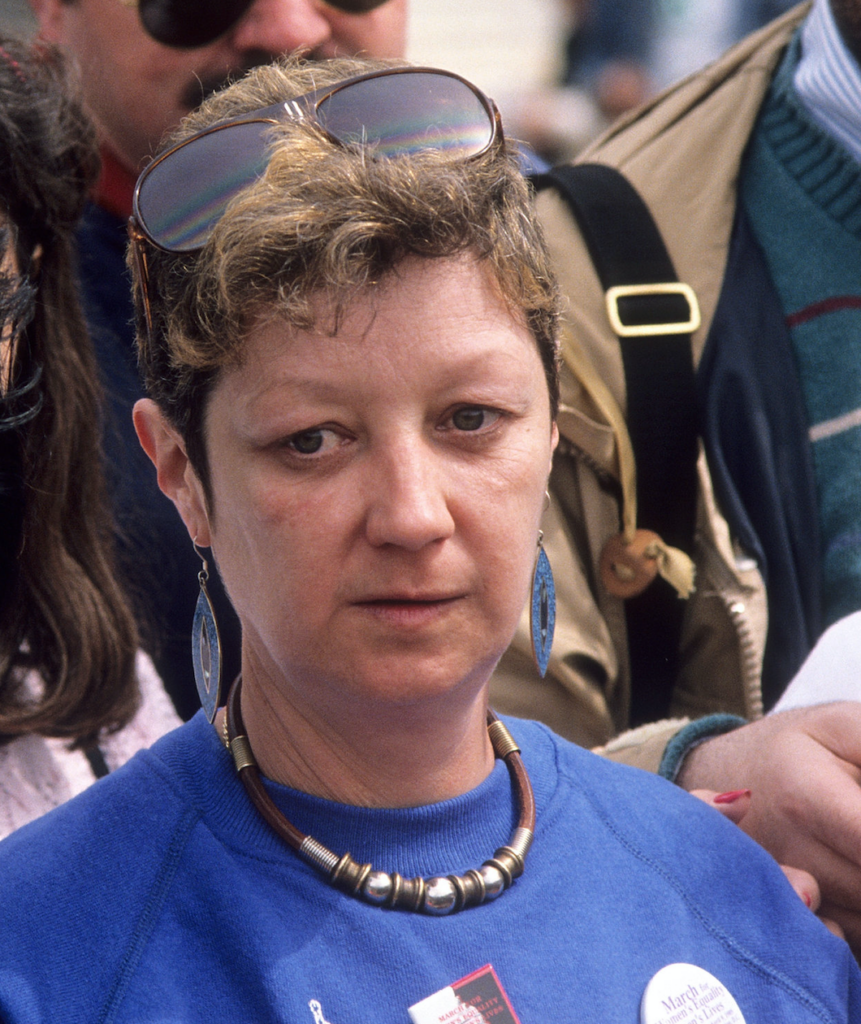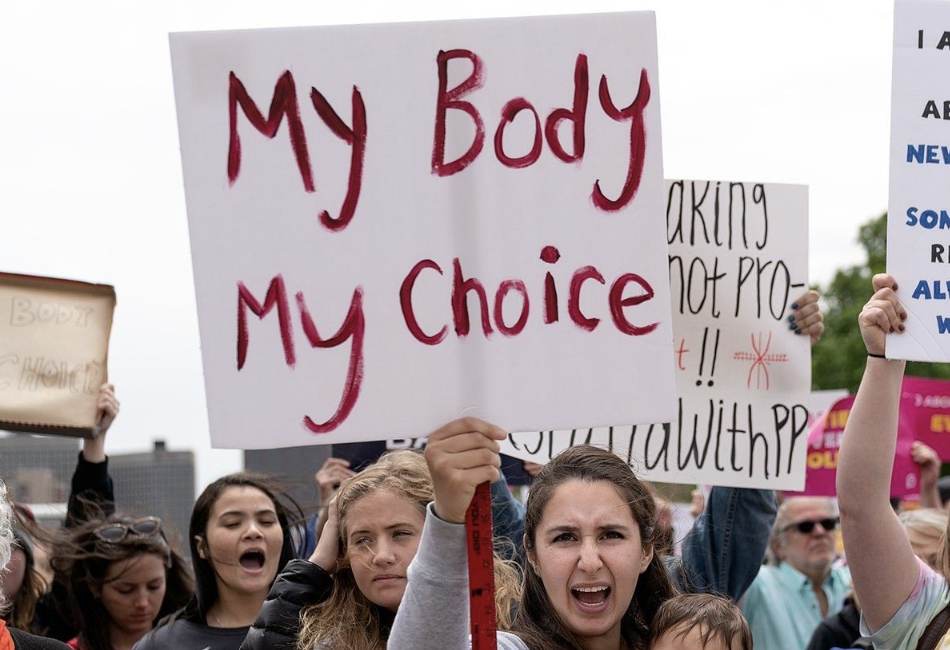The public memory that surrounds Roe v Wade and the positive things that have come about, including a step forward in women’s reproductive rights, spousal choices, and health, are all just the collective memory of this country as a whole in regards to the debate. In this reading, I will be focusing on the collective memory of the problems solved by the Roe v Wade ruling in 1973 and explaining how they are positive. Prior to this ruling, many women often sought out unorthodox ways of terminating their pregnancy, which most of the time was very risky and even fatal for the woman. Due to the infamous Roe v Wade case, women are finally able to seek legal ways to terminate their pregnancy. Today, there are nearly one million reported abortions per year, and one in four women in the United States has had an abortion [5].

Among the problems that have been solved with this ruling, there are a few that stand out as compared to others. For example, before the initial ruling, many women were inclined to marry at young ages due to the fact that they had gotten pregnant. Prior to the ruling, the average age of first marriage in women was just 21 in the United States [1]. This stat shows that pregnancy is very closely related to marriage. However, with the access to safe abortion practices, the average age of marriage has dramatically increased. Today, with over 50 years of access to safe abortion, the average age of women has increased to 27 [1]. This shows that women are now able to hold-off on the pressure to marry so young because they can now terminate their pregnancy if they feel they aren’t ready to start a family yet. According to a study, 31% of women surveyed cited parter-related reasons as reasons for seeking an abortion [4]. The next problem that has been addressed through the initial ruling of Roe v Wade is the effect on a woman’s education/career. According to a study, 65.7% of women feel that their education has been negatively effected after an unplanned birth[2]. Teen pregnancy is something that has been often linked to the idea that your career is ruined before it is even started because of such an early pregnancy. For example, 30% of all teen girls who drop out of school cite pregnancy as the reason. Furthermore, only 40% of these teen mothers finish high school, and less than 2% finish college by 30 [1]. These statistics provide substantial evidence to further convey the message that teen pregnancy has drastically affected the careers of many women. However, now with access to safe abortions, they are able to have children when they feel they are ready too. Moreover, not only do these teen pregnancies hurt the mothers, but they can also be detrimental for the children once they are born. This is because they are growing up with a mother with little education, which means she is likely has unstable employment. Due to this, the child grows up in poverty, poised to repeat the cycle. This also adds to the message being conveyed because not only are the mothers’ career affected, but the unborn children will also suffer as a result, which over time could possibly increase poverty.
On the other hand, for some women, their reasons for abortions are health related. A mother’s love for a child extends even before she meets them. Due to this, women will often make decisions to protect them before they are even born. For example, women cited issues such as lack of prenatal care, risk of birth defects, history of miscarriages, hard drug use, and the fetal exposure to prescription medications [3]. When making a decision on whether to keep or terminate a pregnancy, a mother must consider her own health and the health of the baby. As a result, with the initial ruling in Roe v Wade, women have the choice to terminate their pregnancy safely in order to protect their health. In a study conducted by uban.org, 40.7% of women who had an unplanned birth cited physical health as a negative effect [2]. As we begin to look back on all these reasons for abortion that have been solved with the Roe v Wade, there is a major one that is compounded by them all. This is the mental health aspect of the mother. According to a study, an astounding 58.6% of surveyed women cited mental health as a negative effective of an unplanned birth [2]. Pregnancy brings about a lot of new and for some, foreign obstacles. Especially for younger women, these things can be overly stressful for those that are on that are own without a spouse. To continue, there also women who have dealt with mental health disorders throughout their life and are hesitant risk passing that down to their child [4]. In conclusion, all of these examples of provide substantial evidence to support the collective memory of Roe v Wade and how there have been problems solved by the initial ruling. The access to safe abortions to terminate pregnancies have statically improved situations where women are now able to have children when they are ready, chase that career that they desperately want, and choose who they want to have children with, which may be the most important. If you are on the edge about this issue, I would like you to ask the question, how many women were essentially forced into marriage with horrible men prior to Roe v Wade? This is a very real question because many women were impregnated by terrible individuals who in turn could have turned into abusers who terrorized their own families, therefore, making a negative contribution to society, especially with the effect it had on the children. The collective memory of this court case has helped progress this country down a great path of independency for women where they now have a say in what goes on with their bodies.

Works Cited
- The impact of Roe v. Wade on Women. Giving Compass. (2020, April 9). Retrieved April 24, 2023, from https://givingcompass.org/article/the-impact-of-roe-v-wade
2. Research shows access to legal abortion improves women’s lives. Urban Institute. (2022, May 27). Retrieved April 24, 2023, from https://www.urban.org/urban-wire/research-shows-access-legal-abortion-improves-womens-lives
3. Finer, L. B., Frohwirth, L. F., Dauphinee, L. A., Singh, S., & Moore, A. M. (2022, August 25). Reasons U.S. women have abortions: Quantitative and qualitative perspectives. Guttmacher Institute. Retrieved April 24, 2023, from https://www.guttmacher.org/journals/psrh/2005/reasons-us-women-have-abortions-quantitative-and-qualitative-perspectives
4. Biggs, M. A., Gould, H., & Foster, D. G. (2013, July 5). Understanding why women seek abortions in the US – BMC women’s health. BioMed Central. Retrieved April 24, 2023, from https://bmcwomenshealth.biomedcentral.com/articles/10.1186/1472-6874-13-29
5. 1st Choice – LD. (n.d.). Retrieved April 24, 2023, from https://firstchoiceprc.com/pro-life-movement?gclid=CjwKCAjwue6hBhBVEiwA9YTx8LZhZE6pY-bh9ff7DUQTIqN_JGDN3F0bmpMpWAxy4FGWaz8n7uM1ARoCWLoQAvD_BwE
The statistics that you presented are very effective in demonstrating how safe and legal access to abortion improved health and overall life quality for women, as well as the steps backwards that are likely to result from increasingly restrictive abortion laws. The perspective that a woman forced to go through with an unplanned, unwanted pregancy resulting in longterm harm to both mother and child is very important to consider.
I think it was a great idea to take a deeper dive into the often overlooked statistical responses to abortion access. Whilst many people remain fixated on abortions themselves, far fewer people fail to acknowledge the other indirect problems that arise with pre-mature pregnancies. For example, the idea is that if a poverty-stricken woman has a child because of her inability to get an abortion, then her child will more than likely have to grow up impoverished and will not have the resources readily available to get a decent education or job in order to escape poverty. It’s factors like these that should be brought to light more often when arguing for or against abortion.
This is incredibly well done. When people engage in the debate over abortion I think it is easy to forget that behind every abortion there is an individual. With this article, you eliminate that possibility. I like that your post was stat-centric, I believe that it forces us to look beyond the debate and still white using science and math to provide a humanist perspective that is just as much a part of memory as the debate itself. As one of the previous comments mentioned I thought your description of how unwanted pregnancy affects poverty. Not only did you provide us with the statistics you explained how these statistics can be applied with context. I think this is a valuable tool when remembering Roe.
I think the stat about why women marry at a young age due to pregnancy shows how costly having a baby is. To not be looked down upon by society and to provide for their baby, marriage was a choice a lot of women had to take. I really liked how more factual information was added like the different states since it makes it feel more realistic and what is happening. I think it was made very clearly that abortion improve the health of women.